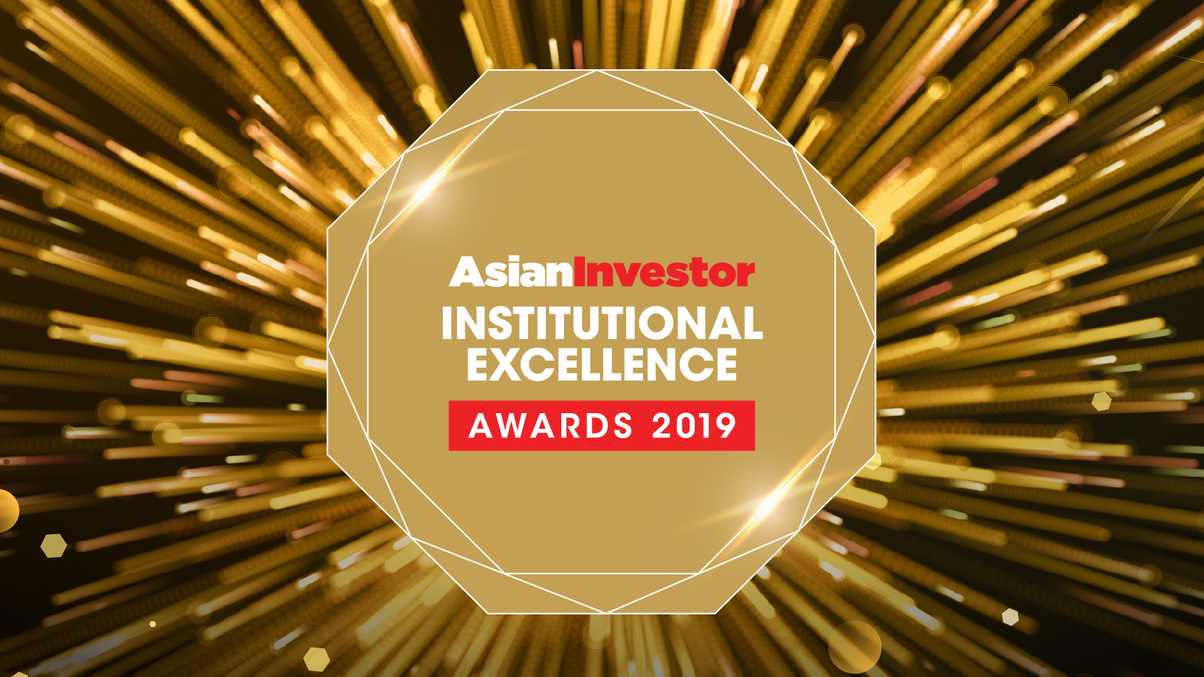award
Asia’s top asset owners: Jockey Club and GPIF’s strengths
AsianInvestor explains the reasons for choosing Hong Kong Jockey Club and GPIF for the market categories of Hong Kong and Japan, respectively.

The past few years have amply demonstrated why the world’s most successful asset owners combine process discipline with hard work, talented personnel and a willingness to embrace new opportunities.
Sign in to read on!
Registered users get 2 free articles in 30 days.
Subscribers have full unlimited access to AsianInvestor
Not signed up? New users get 2 free articles per month, plus a 7-day unlimited free trial.
¬ Haymarket Media Limited. All rights reserved.


